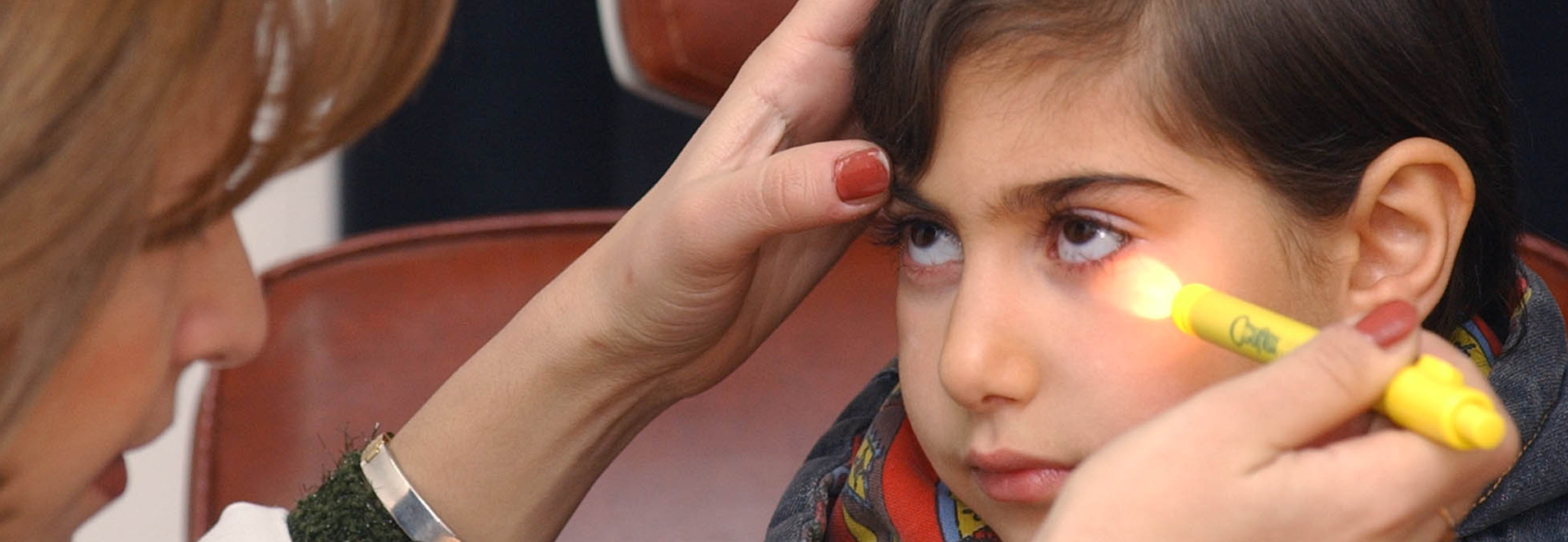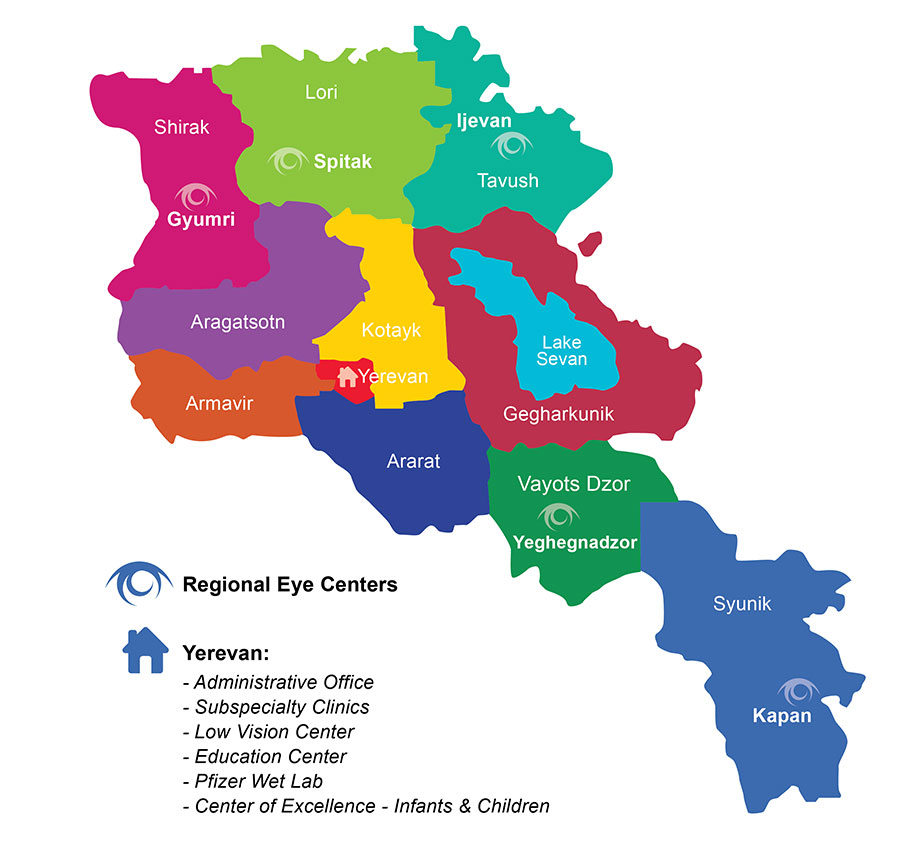Capital:
Ijevan
Provinces:
Ijevan, Dilijan, Noyemberyan, Berd
Cities:
Ijevan, Dilijan, Noyemberyan, Berd, Ayrum
Background
The Tavush Marz is located in the northeastern part of Armenia and covers 1,044 square meters or 9.1 percent of Armenian land. The capital of Tavush is Ijevan. The Marz has four administrative regions — Ijevan, Dilijan, Noyemberyan and Berd; five cities — Ijevan, Dilijan, Noyemberyan, Berd and Ayrum; and 57 villages. Tavush borders Georgia and Azerbaijan and the Armenian Marzes of Gegharkunik, Kotayk and Lori. There are approximately 400 kilometers of state border, of which 350 kilometers is along Azerbaijan.
The population of Tavush is 134,400 with a density of 50 Armenians per one square kilometer — 52,600 live in cities.
The average monthly salaries in Tavush in 2012, per quarter, compared to Yerevan:

Tavush is very picturesque marz, covered with rocky hillsides and forests. The land is rich with diverse flora and fauna and there are many historical monuments. The climate of Tavush is favorable for gardening, bee breeding and food processing, however, natural resources are scarce. The leading industries are food and wood processing. The marz produces bentine powder, wine, preserves, carpets and tiles among other products. Exports include wine, mineral water, wood and stone produces.
Tavush’s health system has 26 medical institutions throughout the Marz, which include four medical centers, three health centers, 18 primary health care centers and one dental office. There are four ophthalmologists who provide basic eye care services. None of the medical centers in the marz have ophthalmology departments that provide secondary or tertiary eye care services. There are no private eye clinics and no physicians will visit Tavush on a regular basis to perform eye surgeries or treat serious eye diseases and trauma, leaving the people of Tavush very vulnerable.
The four ophthalmologists in Tavush see approximately 7,160 patients each per year. The residents of the Marz typically visit their local ophthalmologist for diagnosis, basic eye treatment and eyeglass prescriptions. The leadership of the Marz tells us that the needs of the population for these services are basically met. However, there are no surgeons in the Marz and people must travel to Yerevan for surgery and for serious eye disease and trauma. As a result there are a large number of people who go without the surgery they need for cataracts and other eye diseases because they cannot afford the surgery or travel the distance to Yerevan — or both.
The AECP Mobile Eye Hospital has been making bi-annual visits to Tavush since 2004. The general population has received preventive screening, basic eye care and eyeglass prescriptions at no cost, while the vulnerable (poor) have also received surgery at no cost. Since 2004, the MEH has traveled to Tavush five times, screened more than 18,000 and provided critical surgeries, primarily cataract, for nearly 1,000 — restoring their sight. The results of the MEH’s five field missions to Tavush are below. The table illustrates the work of the AECP in Tavush.
During the last mission of the AECP to Tavush, four percent of the population was screened; 25 percent were diagnosed with cataract; 1.5 percent with corneal disorders; and 12.5 with fundus disorders. However, only those officially designated as vulnerable or poor received surgical or laser procedures to treat their eye disease. All others had to be treated in Yerevan — if they could travel and afford the cost — because the AECP is not permitted to treat them.
According to regional authorities the best location for an eye center in Tavush is the medical center in Ijevan, the capital of Tavush. If located in Ijevan the residents in the marzes of Gegharkunik and Lori will also be able to use the services of the Regional Eye Center. Regional authorities will make arrangements for and secure the space in the state medical center, which will be their contribution to the project. The preliminary arrangement is that the AECP will use the existing surgical suite — 3 or 4 times per month — and have a spacious room on the first floor of the hospital to design an eye center.
Currently there is no ophthalmologic equipment in the medical center. The EyeCare Project will purchase and install all required equipment for the Regional Eye Center and the operating suite at the medical center in Tavush, which will include an examination room, refraction (eyeglasses) area, surgical suite, waiting room, staff room and mechanical room. A floor plan with a description of the center along with a detailed list of the equipment is provided in the Appendix.
It is essential that the center have a permanent and highly qualified and trained staff, which will include a surgical ophthalmologist, ophthalmological nurses and ancillary personnel. If local ophthalmologists and/or surgical nurses are used they will be vetted through extensive interviews and testing to ensure they have the qualifications and experience necessary to serve as the primary surgical ophthalmologist and director of the center. If they assume a local position the AECP will provide training along with mentors — a chief surgeon and a surgical nurse who will assist in surgeries and help the local staff gain the skills, confidence and the trust of Tavush residents.
Operations
After ten years of providing eye care services at no charge to the patient, the AECP is considering the possibility of introducing a fee-for-service component to its charitable program. As a nonprofit organization, the AECP will continue to pursue its mission to eliminate preventable blindness and to provide access to quality eye care for all Armenians. Going forward, in addition to providing surgery and other advanced care to the vulnerable population at no charge, the AECP will provide services for all income groups for a fee. This will enable the Project to continue its programs for the poor at no charge and ensure the sustainability of the Regional Center and the AECP program.
For budgeting purposes the AECP will estimate patient load and income based on the number of surgeries the AECP Mobile Eye Hospital performs in Tavush. However, it is assumed that this number will be significantly higher since the MEH is in Tavush only once every two years. Fees for services will be comparable to those charged in Yerevan and Gyumri. The Project estimates:
- 3,500 persons, children and adults, seen by a physician
- 0,150 persons eligible for free of charge surgery with half reimbursed by the state
- 0,100 laser surgeries
- 0,200 patients who will pay for eye care services







